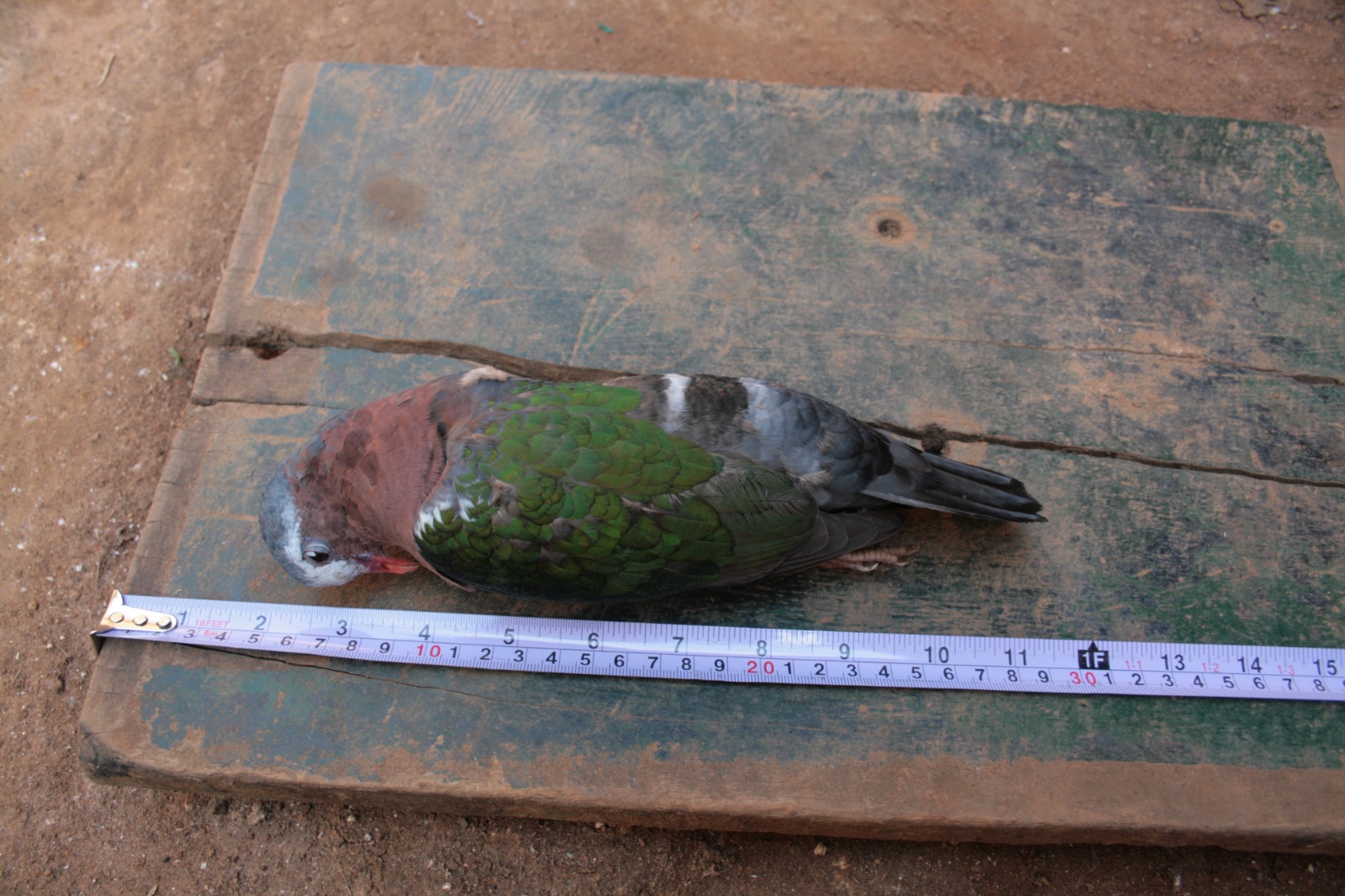
This incisive publication addresses the contemporary predicament of conservation and heritage in India from three broad perspectives – that of Monument; of its ecological context; and of regulatory frameworks and policies that enable conservation.
Inviting a diverse group of experts combining scholarly discourse with experience: architects, conservationists, planners, urban designers, engineers, activists, educators, and practitioners – this publication delves into both the challenges, shortcomings as well as the successes of conservation practice. Architect Brinda Somaya cautions, that survival of our cities is enabled by an understanding of its past, present, and future. K.T. Ravindran calls for an urban discourse in deeper, more local, political histories, rather than in a vacuous discourse on Modernism. Kirtee Shah, in the publishers note, recognises the collaborative effort in articulating a diverse range of perspectives on conservation and the numerous people and organisations that supported this initiative. While calling for an urgent paradigm shift, Shah points to the constant tension between land speculation and heritage precincts, that require new mechanisms to address the complexity.

The different essays articulate propositions and strategies to respond to social, political, and cultural lacunae in the field. At a broader level, the essays raise several significant questions on the consequences of World Heritage Sites.
Poonam Mascarenhas and Anabel Lopez highlight the relevance and the potential of participatory conservation planning. Gustavo Araoz, in the foreword, highlights the complexities of identifying, designating, and protecting heritage sites in a rapidly growing democracy. Poonam and Vinayak outline the contradictions in the Introduction, layering the discourse with the predicament of climate change and the need for sustainable development.
Eventually there are several perspectives, and Sangeeta Mehta elucidates the role of academia and Universities in 20th Century Heritage Conservation in creating awareness. Alpa Sheth suggests a broader recognition of nature and processes of decay while Arun Menon recounts an Engineering heritage, while delving into the notions of authenticity in conservation in an endeavour to extend the life of structures, in as much as possible. Shubra Raje and Riyaz Tayyibji investigate the histories of Sanskar Kendra (Ahmedabad) while Susan McDonald recounts the nation’s tryst with the legacies of Modern Architecture. Conservation requires to be part of a larger environmental process to recognise changing societal needs as well.

The second part of the book – On World Heritage Sites examines the impact of the UNESCO World Heritage Site status on cities like Ahmedabad, Varanasi, Jaipur and Kancheepuram that grapple with socio-economic pressures. This section seeks to research how conservation of heritage cities can contribute to their liveability and the role of civic society and municipalities. Essays by experts like Aarti Grover, Rohit Jigyasu, Shikha Jain, Amita Baig, Jigna Desai, Ratish Nanda, Kai Weise, Rana Singh, Dennis Rodwell, delve into the complexities and the need for an integrated approach and the challenges of conservation with studies of a diverse regions and contexts.
Several pertinent questions are raised: To what degree does twentieth-century Modern architectural heritage in India impact daily urban life? Why are there unforeseen consequences of World Heritage Site designations on Indian towns and cities? Is there real potential for participatory conservation planning in the world’s largest democracy?

The third part of the book addresses conservation regulations and urban planning that continue to remain elusive. Manish Chalana’s piece brings to the fore, the diversity that defies standardisation, objectivity, and unbiased documentation. Divay Gupta, Ravindra Rao, Ashley de Vos, Kiran Kalmadani, suggest alternative approaches in interpretation and protection. Heta Pandit calls for an activist approach, while Malini Krishnankutty elucidates the challenges. Sanghamitra Basu provides a detailed account of evolving mechanisms and instruments for conservation and planning.
The dialogues between the contributors at the end of each section, curated by the editors – Poonam and Vinayak, juxtapose the different perspectives. The larger context of regional geographies, ecology and sustainability are an essential aspect of conservation. The role of local communities and municipalities is paramount, if efforts in conservation need to be appropriate to the neighbourhood as well. The essays bring across both scholarship and experience, even as they reveal the long road ahead to address the shortcomings and gaps between conservation, ecology, heritage, and development.
This volume will be of interest to universities, students, scholars, architects, urban planners and those seeking to delve into the complex relationships between the contemporary city, conservation, and ecological, cultural, and built-heritage.

Conceptualised, Curated, and Edited by Poonam Verma Mascarenhas and Vinayak Bharne
Foreword by Gustavo F. Araoz
Published by INHAF in collaboration with MyLiveableCity







